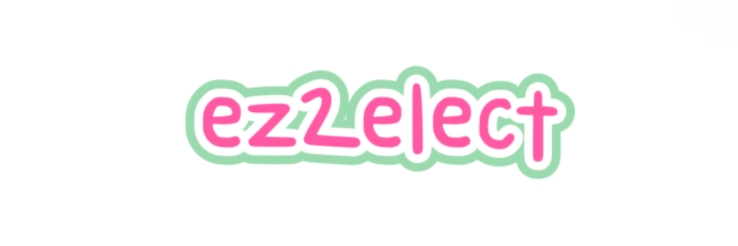Key Factors When Choosing Rectifier Modules for Export
Dec. 30, 2024
# Key Factors When Choosing Rectifier Modules for Export
Rectifier modules are critical components in a variety of electrical systems, transforming alternating current (AC) into direct current (DC). This conversion is vital for both industrial and commercial applications. When exporting rectifier modules, making thoughtful selections is essential. Below are significant factors to keep in mind for optimal performance.
## Understand Your Application Requirements
### Load Specifications
Before selecting a rectifier module, it's important to grasp your load's specifications. Define the voltage and current requirements; understanding whether your application requires high or low power will help you make informed choices and avoid compatibility challenges in the future.
### System Voltage
Assess the system voltage, as different applications necessitate distinct voltage levels. Always select a rectifier module that corresponds to your application’s voltage requirements. Using a module with mismatched voltage can lead to inefficiencies or even equipment failure.
## Reliability and Performance
### Quality Standards
Opt for modules that align with international quality standards. Quality rectifier modules are typically more durable and dependable, able to endure extreme operating conditions. When making a choice, be sure to check for certifications such as ISO and CE.
### Thermal Management
Thermal performance is an essential aspect. Overheating can considerably shorten the lifespan of a rectifier module, so select those with effective thermal management features. This will ensure they function under demanding conditions without breaking down.
## Size and Form Factor
### Space Constraints
Evaluate the physical space available for your application, especially in projects with specific spatial limitations. Select modules that fit well within these constraints for easier and more efficient installation.
### Mounting Options
Consider the mounting options available as well. Certain rectifier modules provide flexible mounting solutions, so ensure the chosen module can be easily installed within your setup. Compatibility with existing systems is crucial for seamless operations.
## Cost and Budget
### Initial Investment
Cost is a significant factor in any decision-making process. While lower-cost options may tempt you, balancing cost with quality is imperative. A slightly higher investment in a reliable module can save you on repairs and replacements in the long run.
### Long-Term Savings
Keep in mind the long-term financial aspect. Energy efficiency can significantly affect overall costs. High-efficiency rectifier modules can help reduce energy bills and lower operational expenses over time.
## Supplier Reputation and Support
### Trusted Manufacturers
Choose rectifier modules from well-regarded suppliers, as established manufacturers usually offer better quality products and superior customer support. Conducting research on a supplier's past performances can facilitate a well-informed decision-making process.
### Customer Support and Warranty
Investigate the customer support provided by the supplier, as good support is vital for troubleshooting issues that may arise. A strong warranty can also safeguard your investment, making it easier to access assistance when necessary.
## Conclusion
Selecting the appropriate rectifier module for export is a critical process that ensures the efficiency and reliability of your electrical systems. Focus on your application requirements, the module's reliability, size, budget considerations, and the reputation of the supplier. Careful decision-making based on these factors will result in successful outcomes, enhancing your operations and leading to long-term satisfaction. Remember, quality investments yield greater returns. Happy exporting!
Click here for more information.
For further details, please visit New And Used Rectifier Module export, as well as NOKIA AMIA wholesale.
214
0
0


Comments
All Comments (0)